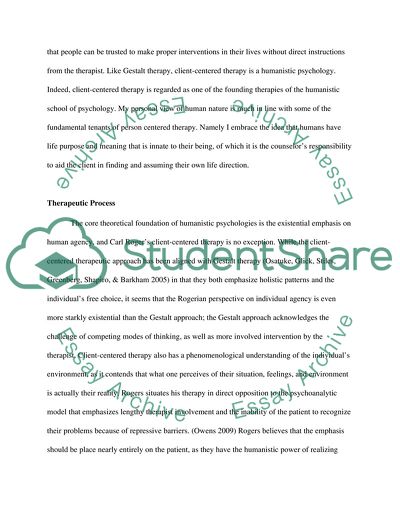Cite this document
(Personal Counseling Theory Term Paper Example | Topics and Well Written Essays - 2250 words, n.d.)
Personal Counseling Theory Term Paper Example | Topics and Well Written Essays - 2250 words. Retrieved from https://studentshare.org/psychology/1743154-personal-counseling-theory-paper
Personal Counseling Theory Term Paper Example | Topics and Well Written Essays - 2250 words. Retrieved from https://studentshare.org/psychology/1743154-personal-counseling-theory-paper
(Personal Counseling Theory Term Paper Example | Topics and Well Written Essays - 2250 Words)
Personal Counseling Theory Term Paper Example | Topics and Well Written Essays - 2250 Words. https://studentshare.org/psychology/1743154-personal-counseling-theory-paper.
Personal Counseling Theory Term Paper Example | Topics and Well Written Essays - 2250 Words. https://studentshare.org/psychology/1743154-personal-counseling-theory-paper.
“Personal Counseling Theory Term Paper Example | Topics and Well Written Essays - 2250 Words”, n.d. https://studentshare.org/psychology/1743154-personal-counseling-theory-paper.


